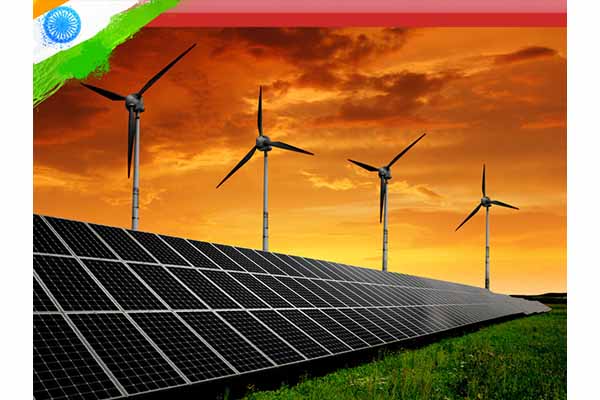There is no way around the undeniable fact that a strategy for sustainable energy must incorporate a diverse range of renewable energy sources as its foundation. This is because renewable technologies cannot be depleted; instead, they can adjust to the natural cycles of the environment and they do not emit greenhouse gases. Renewable technologies are dispersed uniformly throughout the earth and, by definition, will secure humanity’s welfare, progress, and development without jeopardizing the planet’s health.
To successfully replace the fossil fuel paradigm that has dominated the energy industry for centuries, the transition to a sustainable energy system will involve the installation of a large number of facilities that utilize renewable energy sources. This is necessary for the successful replacement of the fossil fuel paradigm. For this installation program to contribute to the process of mending the damage that we have already caused, it must be carried out in harmony with the local environment, to minimize negative impacts while maximizing positive ones. This must be done under the principle of positive regeneration.
Renewable energy sources are beneficial to the health of the natural world, do not deplete their supply, and are becoming increasingly competitive in the global energy market. In addition, they have many benefits for the communities where they are used, such as the following:
The commitment to employing renewable forms of energy will, as a result, result in the creation of new jobs in the surrounding communities. Because of this, the quality of life for the primarily rural people that live in this area will improve overall. Because of this, a settlement will be encouraged in some locations, which will help with the cohesiveness of the community as well as the stability of the region. Wind farms, for example, are not only compatible with conventional farming and animal husbandry but also improve local roads and paths. Solar power plants typically have to be situated on less desirable land since they require a bigger surface area than other types of power plants. In rare cases, they might be built on lakes or reservoirs to try to cut down on the amount of water lost to evaporation.
Utilizing nearby renewable energy sources comes with additional benefits, one of which is a decreased or eliminated dependency on energy sources located further away. By using this method, both the amount of energy used and the amount of energy lost during transmission can be cut down. This makes the power supply more reliable.
Installing renewable energy sources has several benefits, but one of the most significant of these benefits is that it helps the region advance its research, development, and innovation capabilities. One way to reach this goal is to encourage activities that fit with the energy needs of the local community.
Additionally, the use of renewable energies such as biomass plants leads to a more sustainable manner of managing forests, which in turn reduces the likelihood that wildfires will break out in the woods.
Renewable energy sources not only have a beneficial impact on the human population as a whole, but they also have a favorable impact on the local communities in which they are implemented. This is because renewable energy sources are more environmentally friendly. The increase in the use of renewable energy sources is closely tied to social, economic, and environmental rehabilitation, and these sources play an increasingly crucial part in the struggle to recover from COVID-19. Growth must be achieved in a way that is transparent, cooperative, and involves the participation of the local population. This growth must also be consistent with the interests of the local community.
About the author:

Ashutosh Verma is the Founder of Exalta.















